Blue Diddley Dwarf Chaste Tree (Vitex Agnus-castus) – 1 Gallon Pot
$44.97 Original price was: $44.97.$31.48Current price is: $31.48.
SKU: D2LSC 7712085593 Category: TREES
- Buy quality, buy with us.
- Your Security is Our Promise
- Sustainable materials, for a better tomorrow.
- SSL encryption, absolutely safe shopping

Blue Diddley Chaste Tree
Vitex agnus-castus ‘Blue Diddley’
Plant Details
USDA Plant Hardiness Zones: 5a-9b Find Your Zone
Plant Type: Deciduous Flowering Shrub or Tree
Height at Maturity: 5-6′
Width at Maturity: 5-6′
Spacing: 5′ for solid hedge; 10’+ for space between plants
Growth Habit / Form: Bushy, Rounded
Growth Rate: Fast
Flower Color: Lavender Blue
Flower Size: 6-10″ long x 1-1.5″ wide
Flowering Period: Late Spring, Summer
Flower Type: Single, in long terminal spikes
Fragrant Flowers: Yes
Foliage Color: Gray-Green
Fragrant Foliage: Yes, aromatic
Sun Needs: Full Sun or Mostly Sun, Morning Sun with Dappled or Afternoon Shade, Morning Shade with Evening Sun
Water Needs: Average, low when established
Soil Type: Clay (Amended), Loam, Sand, Silt
Soil Moisture / Drainage: Moist to somewhat dry, well-drained
Soil pH: 6.0 – 7.5 (Slightly Acidic to Slightly Alkaline)
Maintenance / Care: Very low when left in it’s natural form
Attracts: Butterflies, Hummingbirds, Pollinating Insects, Song Birds, Visual Attention
Resistances: Deer, Disease, Heat, Insect, Wet Soils
Description
A perfect fit for smaller garden spaces, the ‘Blue Diddley’ Chaste Tree dwarf version growing to one-third the size of the species forming a rounded mid-size shrub or small tree. As with its larger growing cousins, abundant, long, flower spikes covered with fragrant, nectar-rich, lavender-blue flowers cover the plant in summer. The flowers are irresistible to hummingbirds, butterflies and other beneficial pollinating insects. After the flowers, birds will have a fiesta with the seeds in the fall, especially red cardinals. If you are into birds, this is a must have tree that will provide a free source of food for your feathered friends. The refined, sage-scented, gray-green leaves resemble Japanese maple leaves adding a delicate texture, pleasing color, and sensory appeal in the landscape. As mentioned, grow it as a mid-size shrub to around 6 feet tall and wide, or remove lower branches to form a cute little specimen tree perfect for use as a specimen in small spaces and container gardens.
Note: In USDA Zones 5 and 6 Blue Diddley Chaste Tree will behave more like a perennial; freezing to the ground but resprouting new growth in mid to late spring and an abundance of summer flowers! In Zones 7 and further south to 9b it grows as a mid-size shrub or small tree.
Landscape & Garden Uses
Depending on your location and preference, the Blue Diddley Chaste Tree can be grown as a mid-size shrub or small tree. In USDA ZOnes 5 and 6 it will grow as a shrub. In Zones 7 and further south it can be grown as a shrub or lower branches removed to for an attractive small tree that serves well as a focal point specimen in small garden spaces. Also nice in large container gardens. A nice accent in home foundation plantings and perennial gardens but can also be use as a colorful hedge or grouping in landscape borders. Looks especially nice around garden ponds and other bodies of water and in rock gardens. A fine addition to blue theme gardens, bird gardens and butterfly gardens!
Suggested Spacing: 5 feet apart for solid hedge; 10 feet or more apart for space between plants
Note: For our customers who live and garden north of USDA Plant Hardiness Zone 5a, where this Vitex variety is not reliably winter hardy, you’ll be happy to know it can be grown in containers that can be brought indoors during winter and placed back outside when temperatures warm up in spring.
Growing Preferences
Chaste Tree will grow in most any average soil, including clay soils. It prefers a moist but well-drained soil however will tolerate temporary wet conditions. As with so many other ornamental shrubs and trees, constantly wet soil can be problematic. Good drought tolerance when established.
Note: The Blue Diddley Chaste Tree is cold hardy in USDA Zones 5a-9b. In USDA Zones 5 and 6 young plants might die back to the ground during an unusually cold winter. If so, cut the plant back to the ground like you would a butterfly bush and it will quickly regrow to a a shrub 4 to 5 feet tall and wide.
Helpful Articles
Click on a link below to find helpful advice from our experts on how to plant and care for Vitex Chaste Trees.
How To Plant A Chaste Tree
How To Fertilize, Prune & Water A Chaste Tree
Plant Long & Prosper!
Meet The Wilson Brothers & Staff
Questions? Contact Us!
I was very pleased by the swift delivery window. Perhaps 4/5 days post order the plant arrived. Very well protected and in good shape. It’s been planted for about two weeks and seems to be adapting to its new environment. I’m satisfied enough to have ordered two additional shrubs.—————————————————————We are so glad you are pleased and we hope you enjoy it for years to come! Thanks for the kind words and great review! 🙂 Beth Steele | WBG
Has many leaves, branching out and is healthy.—————————————————————-We are so glad you are pleased with your purchase! Thanks for the great review! Beth | WBG 🙂
My vitex (chaste) plants arrived promptly and were packaged carefully to prevent any damage. The plants were healthy looking with good root systems. I’m happy with my purchase and would order from Wilson Brothers again.—————————————————–We are so glad you are pleased and we hope you enjoy it for years to come! Thanks for the kind words and great review! 🙂 Beth Steele | WBG
Be the first to review “Blue Diddley Dwarf Chaste Tree (Vitex Agnus-castus) – 1 Gallon Pot” Cancel reply
Related products
Sale!
Sale!
Sale!
Sale!
Sale!
Sale!
Sale!
Sale!

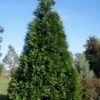


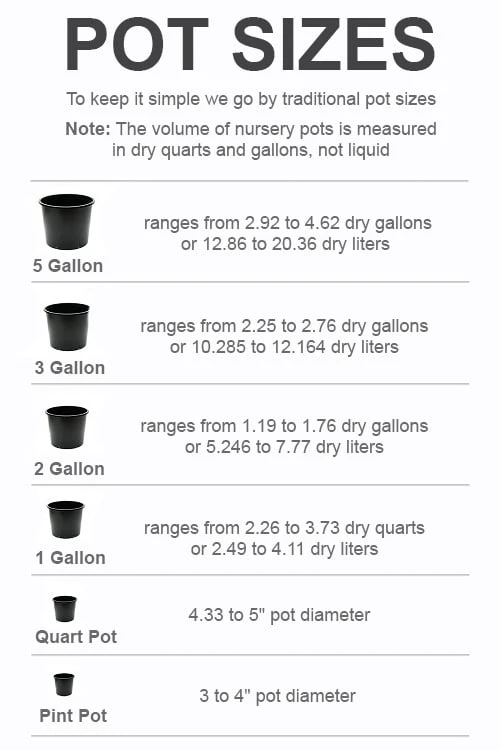


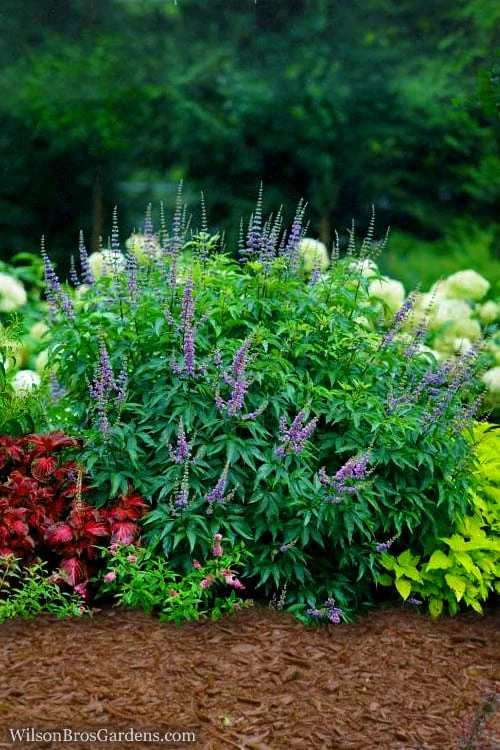


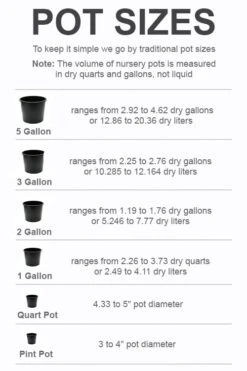



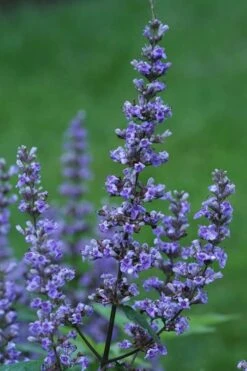
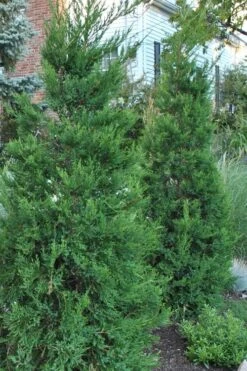
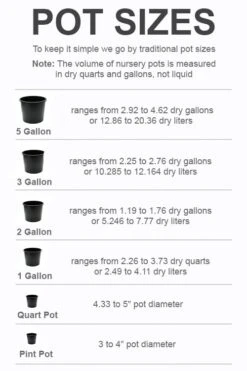

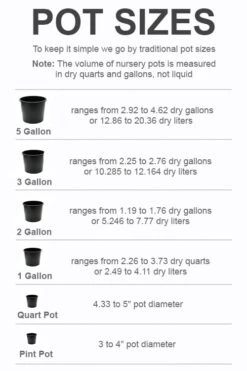





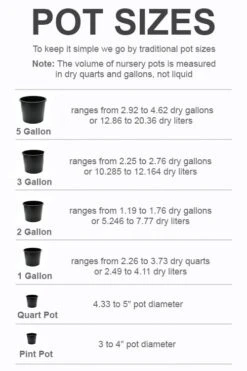



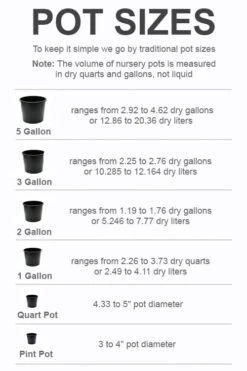
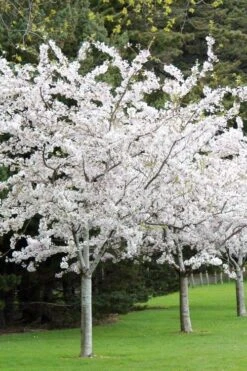
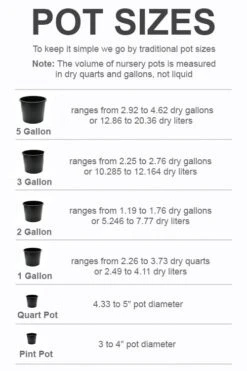
Reviews
There are no reviews yet.